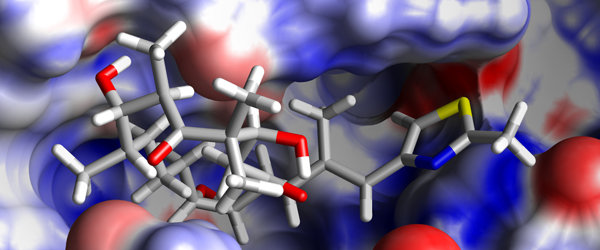Lock pick or bunch of keys: what proteins and safecrackers have in commonNovel NMR spectroscopic parameters allowed to determine not only the average structure of the protein ubiquitin but in addition the description of a faithful ensemble of the protein in solution. The ensemble reflected especially the previously inaccessible time window between 5 ns and 50 µs. The ensemble revealed the mechanism of protein protein recognition for this protein. If this was general new strategies for modulation of protein protein recognition would open up that could be used for more efficient drug development.
(in German)
more

